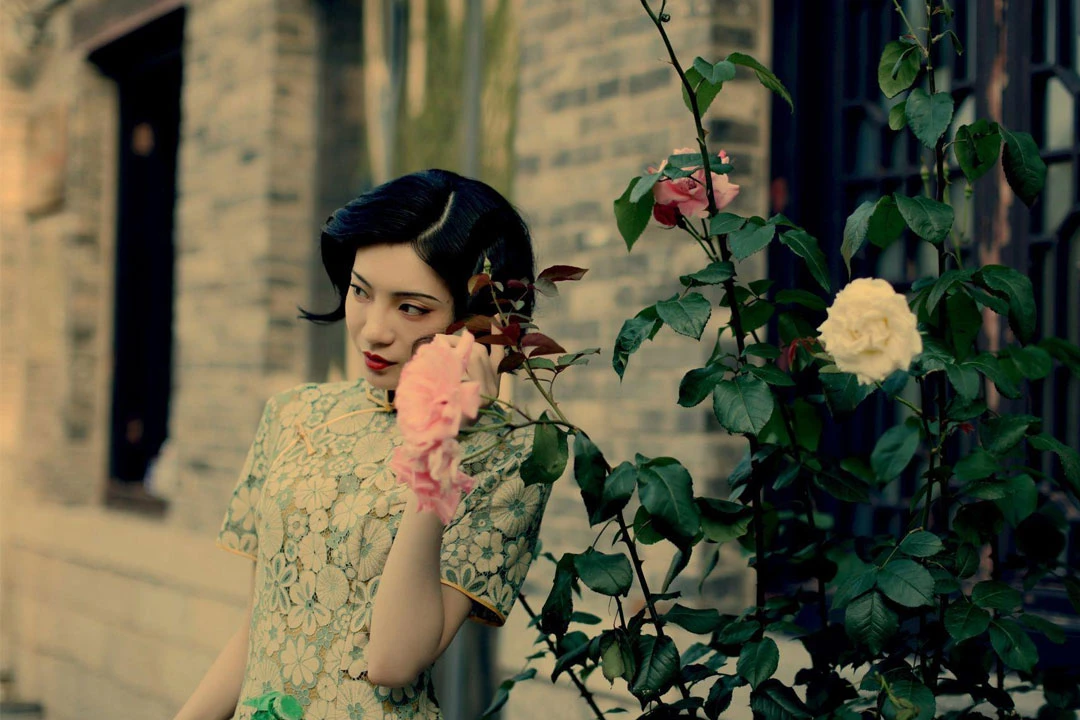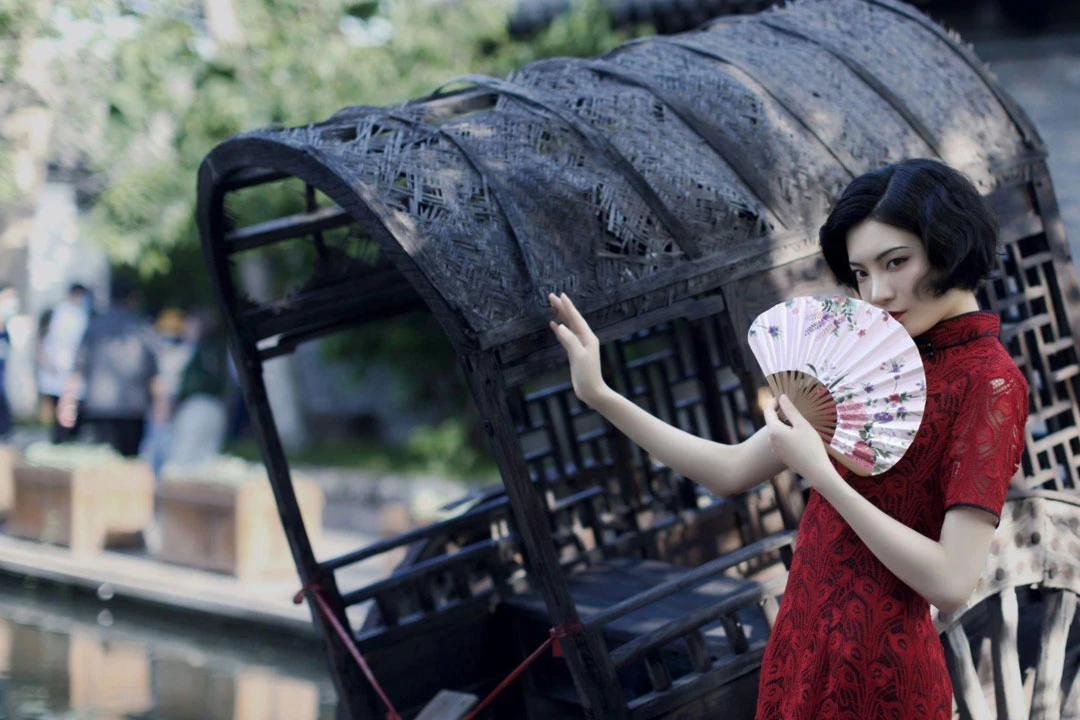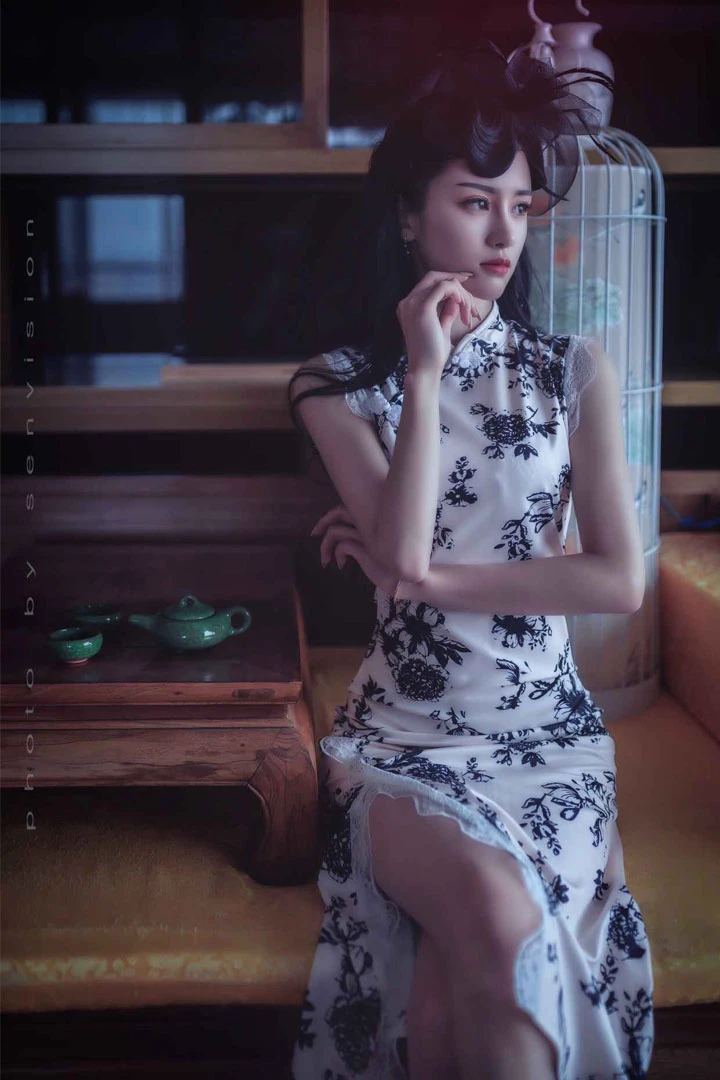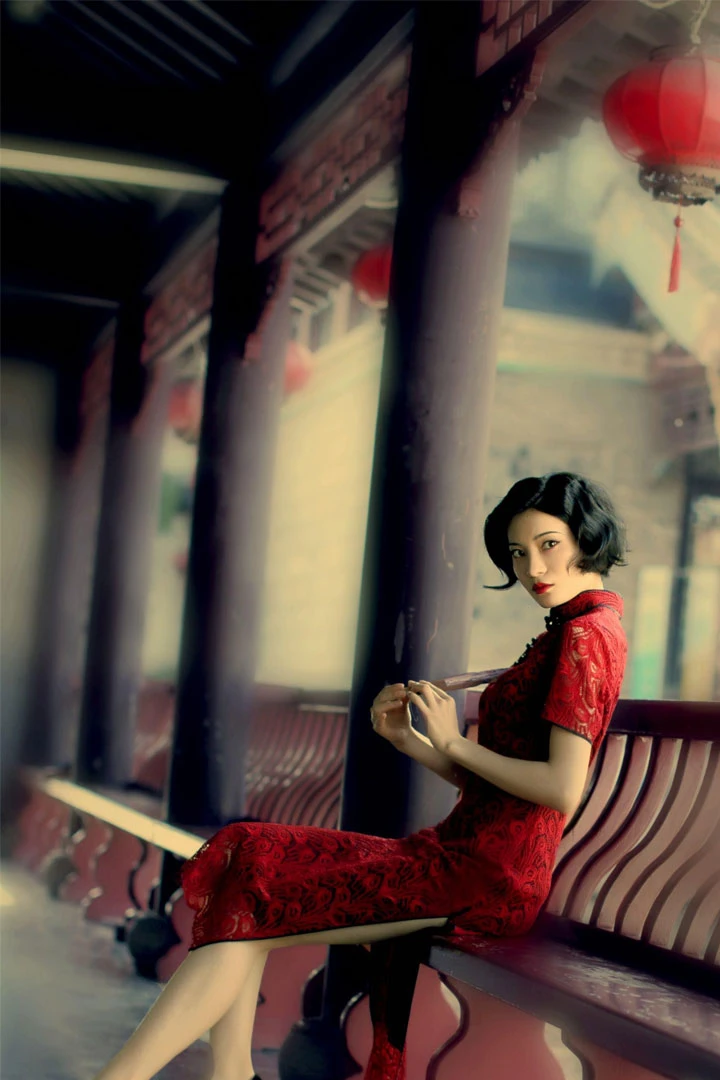From the twilight of the Qing Dynasty to the early decades of the Republic of China, Chinese society witnessed unprecedented political upheavals that profoundly impacted the lives of women. Amidst these changes, the evolution of women's fashion emerged as a striking reflection of China's transition from conservative constraints to open diversity.
The Subtle Changes in Manchu Women's Attire at the End of the Qing Dynasty
During the Qing Dynasty, under Manchu rule, women's attire maintained a relatively stable macroscopic characteristic while undergoing subtle transformations reflecting the pulse of the times. Unlike the generalized impression of "Qing Dynasty attire" often depicted in modern media, Manchu women's clothing evolved from simplicity to elaborate sophistication.
Initially designed for the severe cold of northeastern Liaodong, the attire featured wide robes with large sleeves and floor-length gowns, both practical for warmth and conducive for horseback riding. As the Manchus consolidated their rule, the attire retained its basic structure but gradually incorporated refined Han Chinese craftsmanship and decorative elements. By the late Qing Dynasty, the attire of noblewomen became exceedingly luxurious, characterized by intricate rolling edges and exquisitely detailed embroidery, showcasing a high aesthetic pursuit and craftsmanship.

In contrast to the evolution of Manchu women's attire, Han Chinese women's clothing during the Qing Dynasty underwent subtle changes without mandatory alterations. Influenced by the vestiges of Ming Dynasty attire, Han Chinese women developed a distinctive style during the Qing Dynasty. Their attire typically included mid-length robes with round collars, paired with pants or skirts, preserving traditional Han Chinese charm while innovating in details such as the use of rolled edges and displaying different aesthetic tastes and craftsmanship compared to their Manchu counterparts.
The Rise of the Qipao in the Republic Era
To discuss influential modern attire, one must delve into the 1930s, when the qipao blossomed brilliantly on the Shanghai Bund. Although the name "qipao" has ties to the Manchu people, its design had transcended the framework of Manchu robes. It became a fashion revolution spanning ethnicities and borders, blending the gentleness of Han Chinese attire, the dignity of Manchu attire, and the elegance of European dresses—a unique symbol of that specific era.
The beauty of the qipao lies in its four iconic features: Firstly, the exquisite small standing collar, inspired by Western attire but essential to the landscape of Chinese women's fashion during the Republic of China, showcasing the softness and elegance of the female neck. Secondly, the design with short sleeves over the shoulders, revolutionizing traditional Chinese women's dress habits and introducing a Western aesthetic perspective while retaining a conservative touch. Thirdly, the floor-length, right-opening design with side slits continued the essence of the Manchu robe, preserving its dignity and elegance while providing freedom of movement. Lastly, the tailored and fitted cutting artistry, inspired either by Western dresses or the evolution of early Republic of China Han Chinese attire, undoubtedly elevated the qipao to new heights in showcasing the beauty of the female figure.
As Western culture increasingly permeated and social norms liberalized, the mid-to-late 1930s marked another transformative period for the qipao. The hemlines gradually shortened, waistlines became more streamlined, adapting not only to the pace of modern life but also profoundly reflecting women's pursuit and expression of their own beauty. During this era, Shanghai, as the forefront of Eastern fashion, witnessed the collision and fusion of various cultural elements. The qipao, in this tidal wave of innovation, continued to evolve, metamorphosing into myriad styles and becoming the epitome of Chinese women's charm and allure.
This brief exploration sets the stage for understanding how women's fashion in China evolved from the conservative confines of the late Qing Dynasty to the vibrant diversity of the Republic era. The changes in attire not only mirrored societal shifts but also underscored women's evolving roles and aspirations in a rapidly changing world.
The Role of Fashion in Identity
As China continues to embrace its rich cultural heritage amidst rapid modernization, the role of traditional attire like the qipao extends beyond mere fashion. It serves as a powerful symbol of cultural identity and pride, connecting generations and preserving centuries-old craftsmanship. Designers and artisans are increasingly collaborating to innovate while staying true to traditional techniques, ensuring that these cultural treasures evolve with the times without losing their essence.
Internationally, the qipao has garnered admiration for its graceful silhouette and cultural symbolism. It has inspired numerous adaptations in global fashion, from haute couture runways to Hollywood red carpets, where celebrities don elegant interpretations of this iconic attire. This global resonance underscores the qipao's enduring appeal as a symbol of timeless elegance and cultural exchange.
Education and Awareness: Promoting Understanding of Chinese Fashion Heritage
Efforts to educate the public about Chinese fashion heritage are gaining momentum. Museums and cultural institutions worldwide showcase exhibitions on traditional attire, offering insights into the historical significance and craftsmanship behind garments like the qipao. These initiatives not only foster cultural appreciation but also promote cross-cultural dialogue and understanding.
Despite its enduring popularity, traditional Chinese fashion faces challenges in the modern era. Rapid industrialization and globalization pose threats to traditional craftsmanship and artisanal skills. However, these challenges also present opportunities for innovation and adaptation. Designers are exploring sustainable practices and digital technologies to preserve and promote traditional techniques while meeting contemporary fashion demands.
A Timeless Symbol of Beauty and Heritage
The evolution of women's fashion in early 20th-century China, epitomized by the qipao, reflects a dynamic interplay of tradition and modernity. From its roots in Manchu and Han attire to its iconic status in global fashion, the qipao embodies resilience, elegance, and cultural pride. As we look to the future, embracing traditional attire not only honors the past but also enriches contemporary fashion with timeless beauty and cultural significance.
The journey of the qipao continues to inspire new generations of designers and enthusiasts, ensuring that its legacy as a symbol of Chinese heritage and global fashion remains vibrant and relevant in the years to come.



